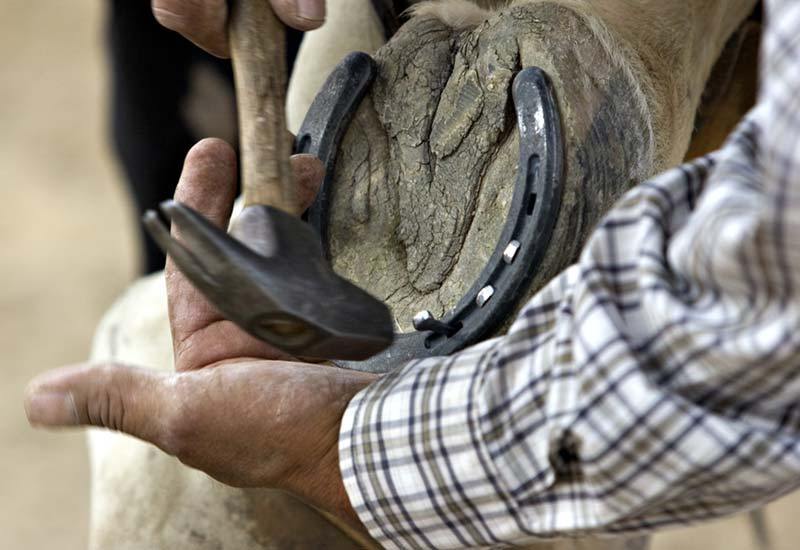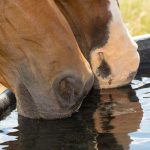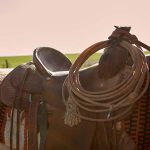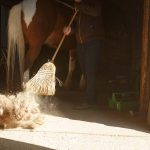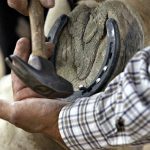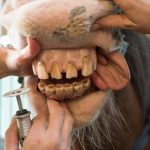Shoeing a horse versus Bare Hoof
It’s common knowledge to think that horses and horseshoes go hand in hand. After all, this has been a practice for thousands of years. For the record, early metal horseshoes have been found that date back to 900 AD. These horseshoes were used to protect the hoof from general daily wear and tear as the horses were used for everything from transportation to farming. In modern times, people are split into two different groups – some believe that the practice no longer has a purpose (except for certain conditions), while others simply think that every horse should be shoed. Here, we’ll discuss both points of view.
In Favor Of Bare Hoofs
Those in favor of bare hoofs are called “barefoot proponents.” This makes sense, since they believe that horseshoes are unnecessary. Instead, as long as the horse’s hooves are properly maintained and they are in overall optimal health, everything will be fine. Barefoot proponents think that regular hoof trimming should be done, the horse’s feet should be watched carefully, and that many of the gait issues solved by farriers (those who fit a horse with horseshoes) can actually be dealt with naturally. In some cases, changing the horse’s diet can go a long way towards solving these issues. Some even go so far as to say that horseshoes are inhumane and should never be placed on the horses’ hooves. In their eyes, horseshoes can create more problems than they solve, especially if the shoe is poorly fitted, the nails are not driven in correctly, or the farrier did not trim the hoof properly before placing the shoe on.
Shoeing A Horse
On the other side of the argument are those who think that horseshoes are the best option. They point out that the exterior of the hoof doesn’t feel any pain (unlike the sensitive inner portion of the hoof), so the practice isn’t inhumane at all. In fact, in some cases, the farrier chooses to glue the horseshoe on, making this is a moot point. On top of this, farriers know what they are doing are able to correct many gait and stance problems with a well-fitting horseshoe and some hoof trimming. They compare horseshoes to the boots that humans wear – as long as everything fits properly, then the horse’s hooves are well protected. In addition to this, those in favor of the practice think that horseshoes can help horses with weak leg muscles and weak hooves, and even provide plenty of traction in inclement weather. They prevent many disasters this way, as no one wants to watch their horse slip and fall in the mud, ice, or snow.
What’s The Best Solution?
While both sides have some valid arguments, ideally, you should do what’s best for your horse. This means that if your horse has to pull a large amount of weight or is a racer, then horseshoes are really your only option. However, if you’re a casual rider, then your horse may not need horseshoes at all. It all comes down to a combination of your preferences and how much “work” your horse receives.

